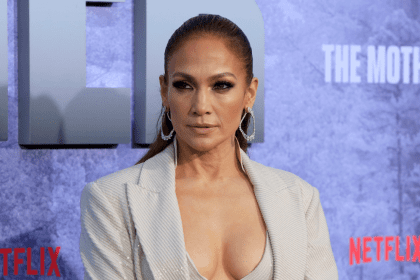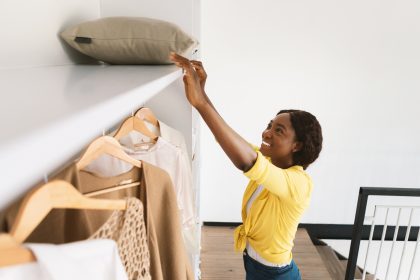Kwanzaa, a week-long celebration of African-American culture and heritage that starts on Dec. 26, offers a beautiful opportunity to express community, creativity and unity through style. As family and friends gather to honor the Nguzo Saba, or Seven Principles, wearing clothing that reflects the spirit and significance of the holiday adds another layer of meaning to the festivities. Here are the top five clothing choices to consider for a Kwanzaa celebration.
1. Traditional African attire
Traditional African clothing is a powerful way to connect with the roots of Kwanzaa. Garments such as dashikis, boubous and kaftans are not only visually stunning but also carry deep cultural significance. Dashikis, with their vibrant patterns and embroidery, are particularly popular for their comfort and versatility. For women, a beautifully wrapped kente or Ankara fabric dress can be both elegant and symbolic.
Accessories also play a significant role in traditional attire. Headwraps, or “geles,” can add a regal touch to your outfit while embracing African heritage. Men might opt for a kufi hat, a nod to traditional African headwear.
When choosing traditional clothing, consider the color schemes that resonate with Kwanzaa: red, black and green. These colors represent the bloodshed in the struggle for freedom, the people and the land of Africa, respectively.
2. Clothing in Kwanzaa colors
If traditional African attire isn’t readily available, wearing clothing in Kwanzaa’s symbolic colors is a thoughtful alternative. Red, black and green can be incorporated into your outfit in various ways, from bold statement pieces to subtle accents.
A red dress or blazer paired with green jewelry or a scarf can be striking yet simple. Men might opt for a black shirt with a red and green tie or a pocket square. Mixing modern styles with these colors creates a blend of tradition and contemporary fashion.
Accessories such as belts, earrings or bracelets can also subtly incorporate Kwanzaa’s palette without overwhelming your look. The goal is to honor the principles and spirit of the celebration while staying true to your personal style.
3. Handmade or artisan pieces
Handmade clothing and accessories align beautifully with the Kwanzaa principle of Kuumba, or creativity. Choosing pieces crafted by local artisans or small businesses not only supports the community but also highlights the value of individuality and craftsmanship.
Consider handwoven scarves, beaded necklaces or embroidered garments that tell a story. African beadwork and jewelry are particularly meaningful, as they often carry symbolic designs and patterns. For example, Maasai beadwork is known for its vibrant colors and intricate craftsmanship, each pattern telling a unique story.
Wearing handmade items also opens the door to conversations about cultural significance, artistic expression and the importance of supporting creators within the African and African-American communities.
4. Comfortable and modest attire
Kwanzaa celebrations often include activities such as storytelling, dancing and communal meals, so comfort is key. Loose-fitting garments made from breathable fabrics like cotton or linen allow for ease of movement while maintaining elegance.
For women, maxi dresses or flowing skirts paired with a fitted top can strike a balance between comfort and style. Men might choose wide-legged trousers paired with a tunic or button-down shirt. The focus on modesty and comfort ensures that everyone feels at ease during the festivities.
Shoes should also be considered carefully. Opt for comfortable flats, sandals or low heels that can handle a full evening of mingling and celebration. Avoid overly formal or restrictive footwear that could detract from your experience.
5. Customized family outfits
Matching family outfits have become increasingly popular during Kwanzaa, emphasizing the principles of Umoja (unity) and Ujima (collective work and responsibility). Custom-made ensembles allow families to showcase their bond while celebrating their shared heritage.
Kente cloth — with its striking patterns and vibrant colors — is a favorite choice for family outfits. Families can opt for coordinated pieces, such as dresses for women, shirts for men and adorable rompers for children. Another option is to use a unified color scheme, like red, black and green, across different styles to maintain individuality while staying connected.
Customized outfits also provide a wonderful opportunity for family members to collaborate creatively, designing garments that reflect their unique identities and collective values.
Dressing for a Kwanzaa celebration goes beyond fashion; it’s a way to honor heritage, express creativity, and embrace community. Whether you choose traditional African attire, incorporate Kwanzaa colors or showcase handmade artisan pieces, the goal is to celebrate the principles and spirit of the holiday.
Remember that Kwanzaa is a time of reflection, joy and unity. Your clothing should complement the warmth and meaning of the celebration, allowing you to fully immerse yourself in the beauty of the tradition. By thoughtfully selecting your attire, you contribute to the rich tapestry of culture and connection that makes Kwanzaa such a special occasion.

















